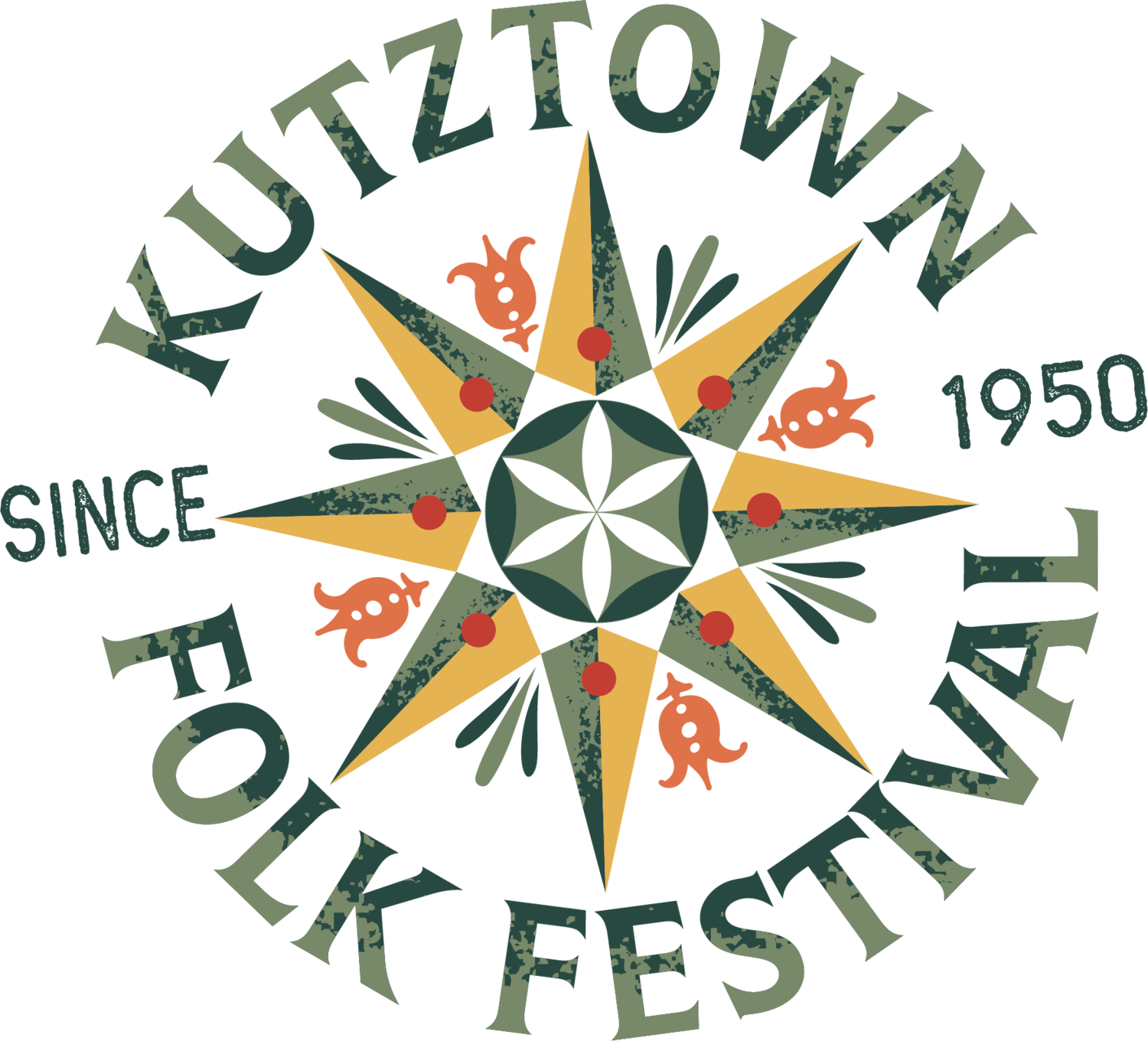Folk Medicine Remedies
One cannot even casually look at our history without realizing that Folk Medicine, made of old remedies, traditions, and local medical beliefs was the primary tool used in curing or preserving the health of our ancestors. Folk Medicine of the Pennsylvania Dutch of the area was made of a unique mix including herbal cures, rituals, charms, potions, superstitions and Indian remedies. Great medical knowledge was attributed to the Indians, and even today 69 medical remedies are still listed in the U.S. Medical Pharmacopoeia.
Folk medicine into the late 18th century was astonishingly superstitious and patients tended to get better to avoid taking further doses of horrible concoctions exemplifying the old adage, "the more vile the drug, the better the cure". By the late 19th century, the Pennsylvania Dutchman had developed a workable medical lore. Well into the twentieth century these cures persisted. The reasons are obvious: there was no transportation except mud roads and there were few doctors and no telephones. No one went to a doctor unless they were really sick, and even then, the doctor didn't have much to give you. There were no antibiotics and few modern treatments.
Teas were very common cures. Sassafras was one of the best as a "pick you up". Boneset tea was used for fevers and headaches. Blackberry root tea was used for dysentery. Catnip tea was prized for its stomach soothing properties, as well as a cure for the common cold. Children especially loved catnip tea.
Poultices; hot, soft, moist masses of crushed matter were applied to the body for many disorders. Mustard poultices were used for almost everything. Less common were onion poultices for pneumonia and cow manure for unusual growths of any sort. Poultices are virtually obsolete in modern medicine, yet many of the elderly claim they were the most effective treatments.
Coughs were treated with Horehound and honey, peppermint oil or Coltsfoot. Coal oil or kerosene was used for sore throats. Earaches were commonly treated by blowing smoke in the ear, and in at least one documented case, filling the ear with goose excrement.
Wounds were dangerous because of the likelihood of infection and the lack of antibiotics. Pork fat was the universal cure for wounds of all types. A fatty piece of pork would be tied over the wound for several days, particularly if infection had already set in. It would "draw out" the infection and the wound would heal nicely. Distilled vinegar was used for skin problems, such as sunburn, acne, poison ivy, and even athlete's foot.
As most of these remedies are obsolete today, one may ask why one would bother searching out and recording these old folk remedies? These old folk remedies are being sought out and reexamined today in scientific laboratories and with the utmost seriousness. With their only justification being hundreds of years of varying success in treatment of specific ailments, many of these cures do seem to work. Modern medical investigators are now trying to find out why, in hopes of developing new drugs and cures. Quite a number of these old remedies, including a large number of American Indian cures, are being now being vindicated by modern science.
Credits to: PA Folklife, WJ Bryan
